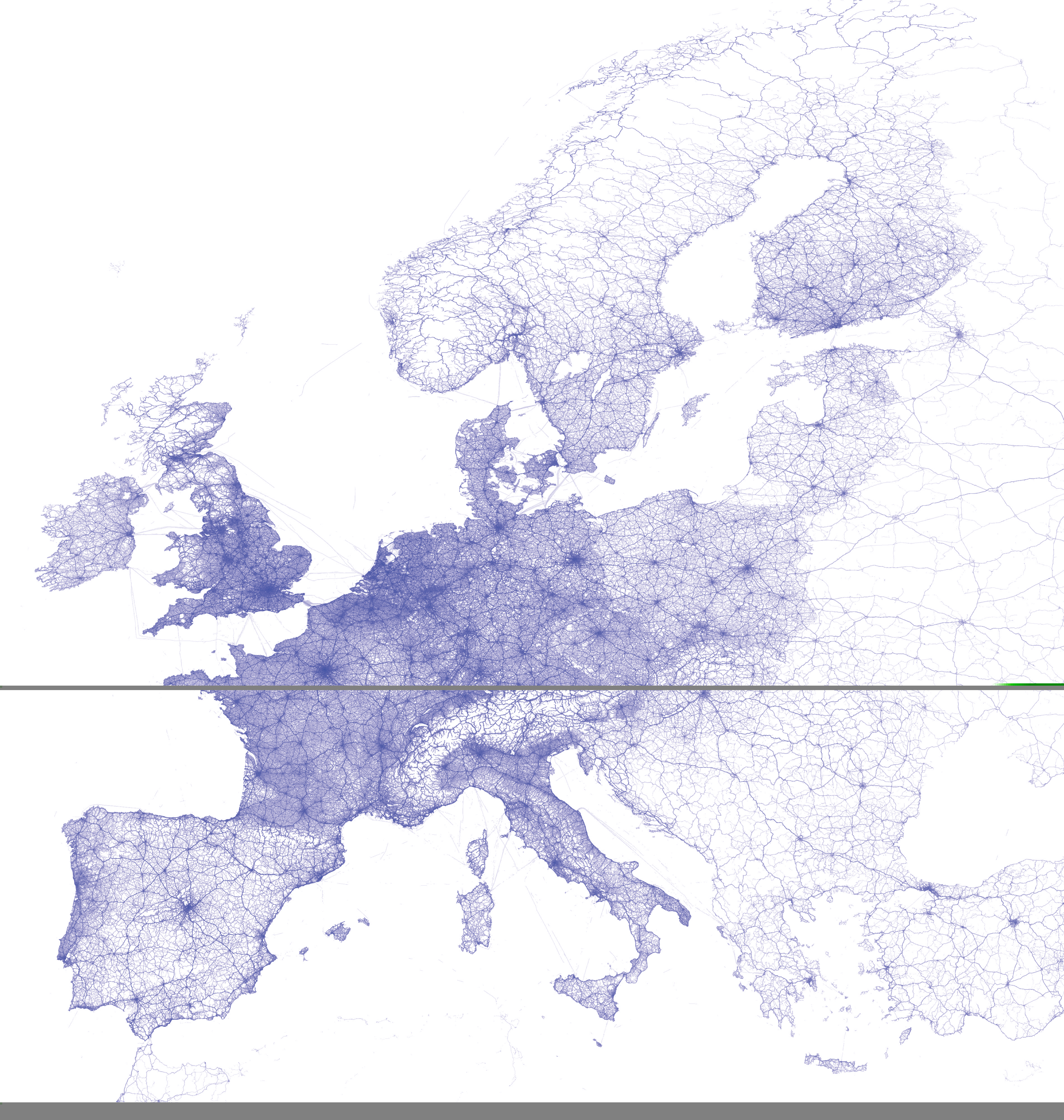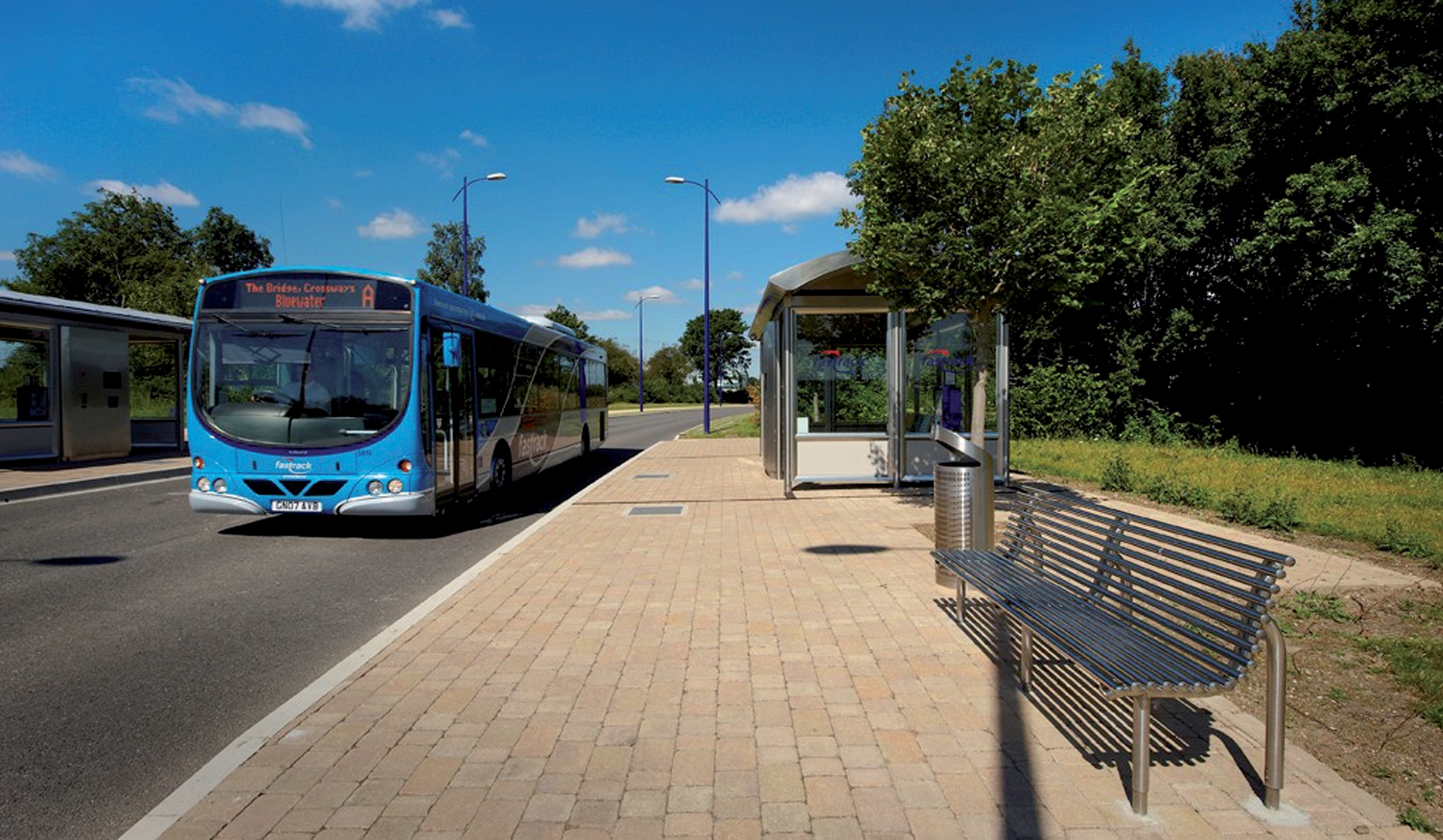
David Crawford picks up a new direction trend in traffic monitoring
The surprise winner in the Traffic Management Centre (TMC) category of the recently-announced 2011 OSMOSE (Open Source for MObile and SustainablE city) Awards for European innovations in urban transport, is the Danish city of Aalborg - which doesn't have a TMC. Alternatively, one might consider its 'virtual' TMC as a signpost for the future in medium-sized cities.
Jens Mogensen is local site manager for Aalborg in the 2008-2012 EU-supported CIVITAS ARCHIMEDES project, which has brought together six similar communities across Europe in a programme aimed at improving the quality of their urban transport. Formerly responsible for ITS at North Jutland regional public transport authority NT, he told ITS International: "We do not see a need for a TMC as a physical unit but rather for an intensive and deliberate use of a range of ITS tools to enable all road users to act in a more informed and sustainable way.
'Outstanding' concept
The OSMOSE judges were impressed by the medium-sized municipality's development of the concept from an advanced ITS network which they described as "outstanding". In the most recent stage of this, and in advance of its public launch at the
The city was facing problems stemming from historically high car dependency (with 58 per cent of all trips being made by private transport, as opposed to 5 per cent by public transport). This was leading to rising congestion on main roads in peak hours; and, both in and out of peak hours, in the inner city and on approaches to the bridge and tunnel crossings of the Limfjord, the largest fjord in Denmark and an operating ship channel.
NICHES+ and OSMOSE
The OSMOSE Awards were presented at the final conference, in London in April 2011, of the NICHES (New and Innovative Concepts for Helping European transport Sustainability)+ project. Supported by
Introduced within NICHES+ as a dedicated information resource for these interested in innovative urban transport and mobility concepts, the OSMOSE portal is managed by European cities and regions grouping Polis. The other 2001 OSMOSE award winners include (efficient infrastructure category) Madrid (Spain) for its Transport Interchanges Plan.
The judges were members of the NICHES+ Advisory Committee. Following the end of NICHES+, POLIS plans to maintain the OSMOSE portal and awards scheme.
It was also investing heavily in the revival of its urban waterfront as a new residential and leisure focus, which would generate further traffic. It was open-minded about a potential solution, not least because it was mindful of the costs of installing conventional traffic monitoring equipment. (One earlier working hypothesis had involved equipping vehicles with proprietary black boxes for data collection).
Aalborg and TomTom first met in spring 2009. At that time, the company's proprietary database of GPS-based consumer-driven navigation data points (now totalling over 3 trillion, anonymously collected as historical traffic information and speed measurements from more than 50 million product users worldwide) was available for the benefit of its customers and not to external organisations such as public authorities. But it was already planning ahead for such an expansion, into what is now CTT; in a 2006 survey, 90 per cent of users had said 'yes' to the idea.
Custom Travel Times
The TomTom database contains historical content, anonymously derived from users of its devices on more 1 million driven kilometres per day on secondary as well as main roads, collected since 2007. The CTT product is designed to interrogate this database for specified routes and time periods.
It generates road usage and speed pattern reports, with granular and bottleneck information, for use in the measurement, monitoring, validation and prediction of traffic behaviour. It is currently available in Belgium, Canada, Denmark, Germany, Luxemburg, the Netherlands, Norway, Sweden, Switzerland, the UK and the US.Its 2010 delivery to Aalborg made this the first public authority to access the database outside the Netherlands (where the company had previously run a small demonstration in Amsterdam). CTT is now a key congestion monitoring and warning system, used for both traffic planning and changing drivers' behaviour by encouraging them to travel on less congested roads or at less congested times.
Says Mogensen: "Moving just a small amount of traffic can mean avoiding or postponing investments in infrastructure. Modal shift and reduced environmental stress can result from showing road users realistic car and public transport travel times on a journey planner." The city has extended its journey planner to include private as well as public transport trips, and calculate the environmental impact of travel choices. Its website also gives predictions of environmental conditions in the inner city.
Day One capability
With the CTT product, adds Mogensen, data for all major roads was ready from day one, saving us a couple of years in implementing data collection. To increase the volume of data available, the city has also delivered 100 TomTom GO 750 routing devices to local taxi operator Aalborg Taxa, output from whose vehicles will provide additional measurements of local road congestion.
Again, developments in personal devices mean that traffic authorities need to change to ways of getting traffic information direct into vehicles." Aalborg's latest initiative is based on more than 10 years of prior work, notably within two
Aalborg
With a population of 330,000 living in an area of 1100km2, Aalborg is the economic, cultural and educational centre of northern Denmark and the country's third largest municipality, with a 1,900km road network. It is experiencing continuous growth in inter-regional communications between Denmark, Norway and Sweden, with implications for its economic development from the risk of bottlenecking.
In addition to its focus on congestion monitoring it has developed, within CIVITAS ARCHIMEDES, a local bio-diesel supply infrastructure with 100 vehicles (50 buses and 50 postal delivery vans) using at least 10 per cent bio-fuels; a signalled cycle 'mo-torway'; and a 53km2 environ¬mental zone with specific restrictions on HGVs.
Existing ITS hardware is in the form of in-road sensors, to provide information on congestion on the Limfjord tunnel and bridge (initially via VMS, now being replaced by internet-based messaging) and parking availability. Most VMS in the city give real-time public transport information derived from GPS-equipped buses. In the event of an incident in the Limfjord tunnel, cameras automatically trigger an alarm at the
In total, Aalborg is investing some e7.5 million in ITS solutions for congestion management during the next three years. Coordination of ITS initiatives is the responsibility of the Strategic Traffic Management (STM) partnership of the Aalborg municipality; NT (a company owned by the region and 11 municipalities, of which Aalborg is the largest); and the DRD.
STM is run by a joint committee of its stakeholders, which decides budgets and allocates finance for individual initiatives. Mogensen believes that most medium-sized European cities should be able to achieve the same results of Aalborg, provided that they prioritise (and are willing to devote the necessary resources to) ITS and have "an engaged professional environment."












